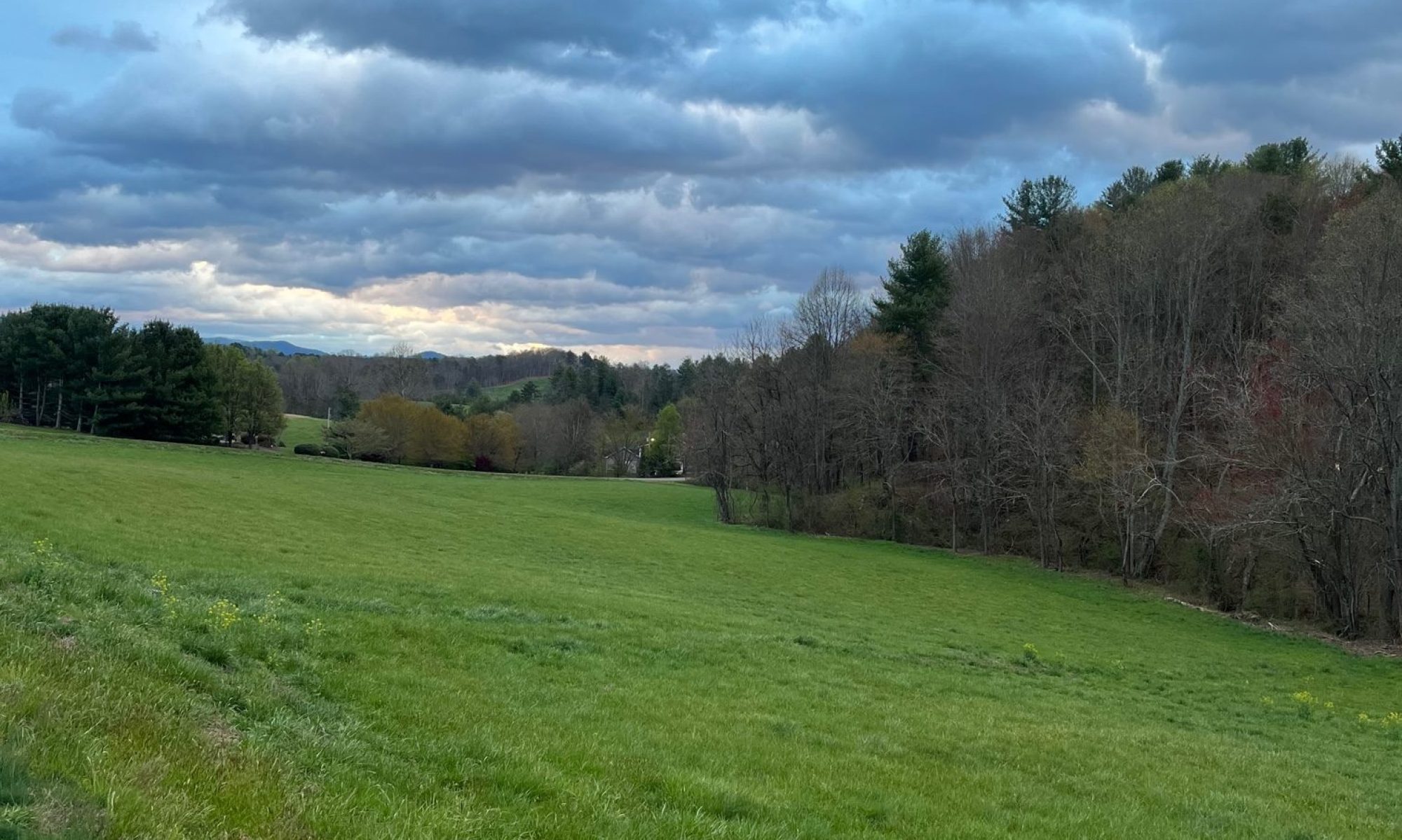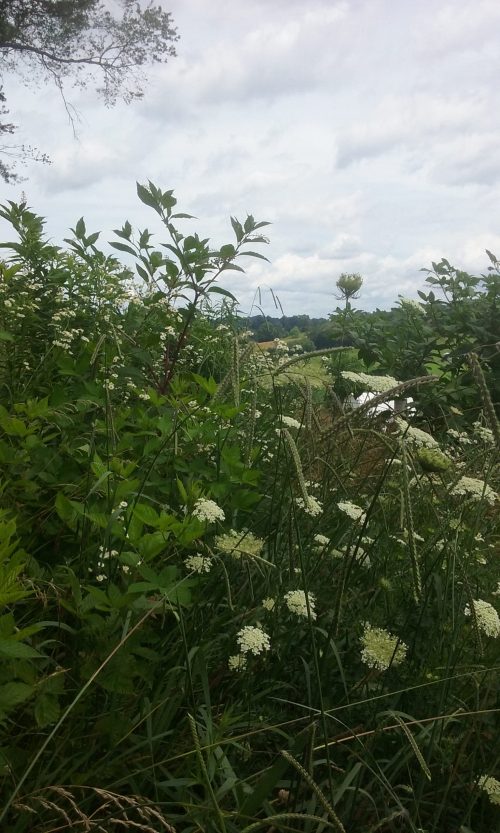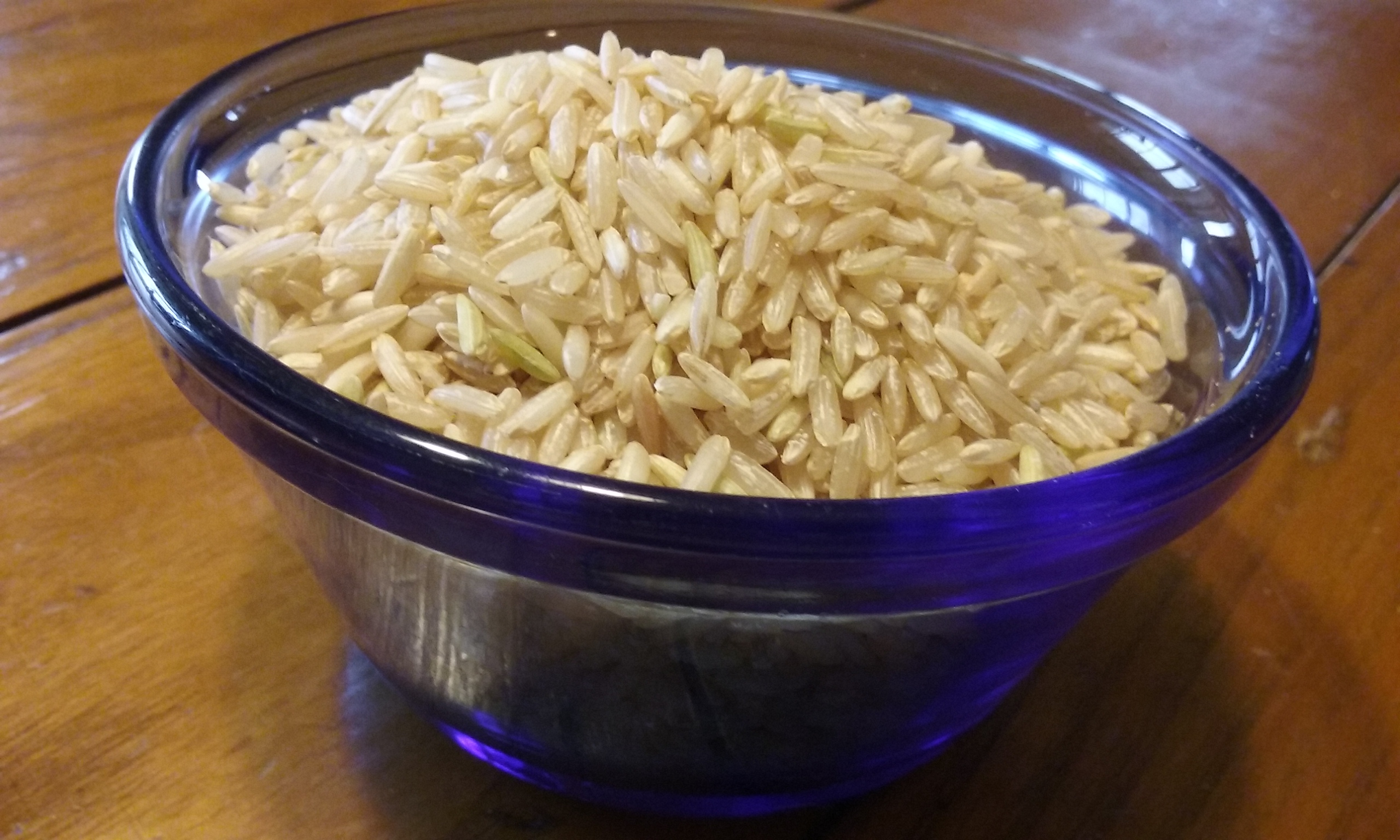I tend to recommend these resources to almost all of my clients. Enjoy!
Yoga With Adriene
https://www.youtube.com/user/yogawithadriene
Adriene Mishler is the most popular YouTube yoga instructor for a reason. I first discovered her videos in 2016, but she’s been posting them (freely, of course) since 2012. I recommend her videos to any and all clients who are even just slightly interested in yoga and/or meditation. Her approach to teaching is based in self-love — real self-love, by which I mean love of your true self, not your ego or your stories. She takes things nice and slow, always reminding you to be mindful, focus on your breath, and “find what feels good.” Her detailed cues and explanations can turn a pose that seems simple into a complex, full-body experience.
The YWA video library contains something for everyone, with many practices focusing on a specific state of mind (e.g. Yoga for Loneliness) or way of life (e.g. Yoga for Golfers). She has videos geared specifically toward depression, PTSD, grief, and social anxiety. She has multiple 30-day “challenges” or “journeys,” as well as various shorter video series, including one that makes its way through each chakra. Every month she shares a calendar with a different theme, assigning a specific video practice to each day, culling from her vast back catalog and adding a few new videos. I actually appreciate these calendars for limiting my choices, and for nudging me to try practices (like Yoga for Surfers) that I might not otherwise even consider. The length of her videos can range from 5 minutes to a full hour (though these are more rare), with the majority of them averaging about 20 minutes. This doable duration makes it easier to cultivate a regular yoga practice.
Adriene also has a membership website separate from YouTube. Ten bucks a month gives you access to all of her YouTube videos, ad-free, as well as a plethora of others that were made for members only. Some of these classes are taught by people other than Adriene — her trusted yoga friends and colleagues — but their different approaches are all in line with her general philosophy.
I honestly don’t know what I’d do without Yoga With Adriene. The depth, breadth, and authenticity of her offerings are truly staggering. Also: she’s really funny! And she has a cute canine sidekick named Benji!
Tara Brach
https://www.youtube.com/user/tarabrach
Tara Brach (Ph.D) is a clinical psychologist, founder of the Insight Meditation Community of Washington, D.C., and writer of multiple books, including Radical Acceptance and, most recently, Radical Compassion. She’s also a talented public speaker. Every Wednesday evening she lectures on a different spiritual topic, and each of those talks is filmed and uploaded to YouTube, and to her own website. I love the way she structures her talks so they always include amusing anecdotes and jokes mixed in with references to sacred texts, and here-and-now meditations. You pretty much can’t go wrong with any of her lectures. They provide deep soul nourishment for when you’re feeling depressed, anxious, lonely, ashamed, or just wanting to explore the more spiritual aspects of life as a human.
Cookie and Kate
Cookie is a dog; Kate is the dog’s owner, who loves to cook vegetarian food and share her recipes with the world. If you’re not vegetarian, I still highly recommend this website, because not every meal needs to contain meat, right? And if you’re intimidated by vegetarian cooking, these recipes are a great place to start, as they contain very clear instructions and keep things pretty simple. You can filter your search for recipes by course, cuisine, diet, ingredient, and season.

 Blue ocean events. Wet bulb temperatures. Coral reef extinction. Global dimming. Food shortages. Floods. Fires. Hypercanes. These and other terms comprise the terrifying language of climate change, a source of major grief and anxiety for those of us who are paying attention. We feel powerless to stop the negative feedback loops already set in motion by centuries of shortsightedness, greed, and a rampant obsession with convenience and “progress.” We feel angry toward the generations of people who came before us and did nothing to prevent what now appears to be an imminent catastrophe. And our hearts break for the generations to come whose lives will be little more than a sweaty, scary struggle to survive — if those generations are even given the chance to exist.
Blue ocean events. Wet bulb temperatures. Coral reef extinction. Global dimming. Food shortages. Floods. Fires. Hypercanes. These and other terms comprise the terrifying language of climate change, a source of major grief and anxiety for those of us who are paying attention. We feel powerless to stop the negative feedback loops already set in motion by centuries of shortsightedness, greed, and a rampant obsession with convenience and “progress.” We feel angry toward the generations of people who came before us and did nothing to prevent what now appears to be an imminent catastrophe. And our hearts break for the generations to come whose lives will be little more than a sweaty, scary struggle to survive — if those generations are even given the chance to exist.